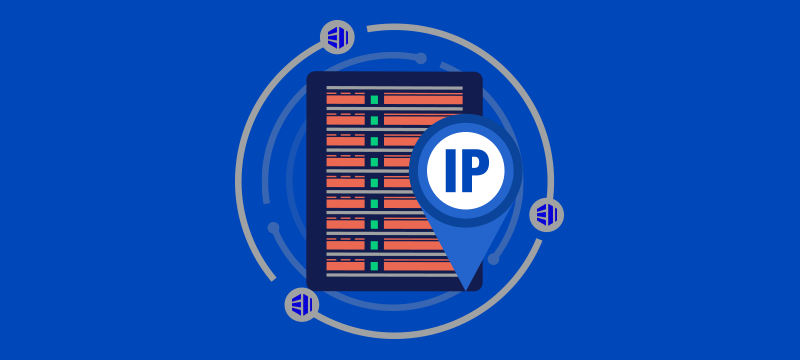In today’s digital world, communication between devices is essential for businesses and individuals alike. From sending emails to streaming videos, all of our online activities depend on data being transmitted between devices. This is where IP addresses come in – they enable devices to communicate with each other and ensure that data is routed to the correct destination. In this article, we will explore what IP addresses and their different classes are, why they are essential for communication between devices and how they work.
What are IP addresses?
IP addresses, or Internet Protocol addresses, are unique numerical identifiers assigned to devices connected to a computer network. They are essential for communication between devices and for routing traffic across the internet.
IP addresses work by assigning a unique set of numbers to each device that connects to the internet. These numbers are used to identify the device and its internet location. IP addresses are made up of four sets of numbers, separated by full stops, and can range from 0.0.0.0 to 255.255.255.255. When a device connects to the internet, it is assigned an IP address by the internet service provider (ISP). This IP address allows the device to communicate with other devices and to access websites and other online services.
When data is sent from one device to another on the internet, it is divided into packets. Each packet includes the IP addresses of the sender and recipient. As the packets travel across the internet, they are routed from one network to another, using the IP addresses to direct them to their destination.
- Versions of IP address
There are two versions of IP addresses: IPv4 and IPv6. IPv4 addresses are the older of the two and are made up of 32 bits, allowing for approximately 4.3 billion unique addresses. With the growth of the internet, the number of available IPv4 addresses has become limited, leading to the development of IPv6. IPv6 addresses are made up of 128 bits, allowing for approximately 340 trillion, trillion, trillion unique addresses, ensuring that there will be enough to accommodate the growing number of IOT and other smart devices that are being used.
- Classes of IP address
Not all IP addresses are created equal, and they are classified into different categories based on their characteristics and usage. There are five classes of IP addresses, labelled A, B, C, D and E, each with its own range of values and uses. The first three classes are the most commonly used, and we will discuss them in more detail below.
- Class A IP addresses
Class A IP addresses are assigned to large organisations, such as major corporations, universities and government agencies, which need a vast number of IP addresses. The IP address range 10.0.0.0 to 10.255.255.255 is reserved for private networks, and many large organisations use this range for their internal networks. Class A IP addresses have an 8-bit network portion and a 24-bit host portion, which allows for up to 126 networks and over 16,000,000 hosts per network. The first bit of the address is always 0, which leaves 7 bits for network identification.
- Class B IP addresses
Class B IP addresses are assigned to medium-sized organisations, for example, regional internet service providers, which require a moderate number of IP addresses. They have a 16-bit network portion and a 16-bit host portion, which allows for up to 16,384 networks and over 65,000 hosts per network. The first two bits of the address are always 10, which leaves 14 bits for network identification.
- Class C IP addresses
Class C IP addresses are assigned to smaller organisations, such as SMBs, and home networks that only need a few IP addresses. These have a 24-bit network portion and an 8-bit host portion, which allows for up to 2,097,152 networks and 254 hosts per network. The first three bits of the address are always 110, which leaves 21 bits for network identification.
- Other classes of IP addresses
Class D IP addresses are reserved for multicast traffic, while Class E IP addresses are for experimental use and research. These classes are not commonly used in typical network configurations.
Conclusion
IP addresses are essential for communication between devices and for routing traffic across the internet. The different classes allow the efficient allocation of IP addresses to organisations of different sizes. Understanding the different classes of IP addresses and their uses can help network administrators manage their networks more effectively.
Looking for fast, reliable and secure web hosting? Visit eukhost.com to see our range of affordable hosting solutions.



